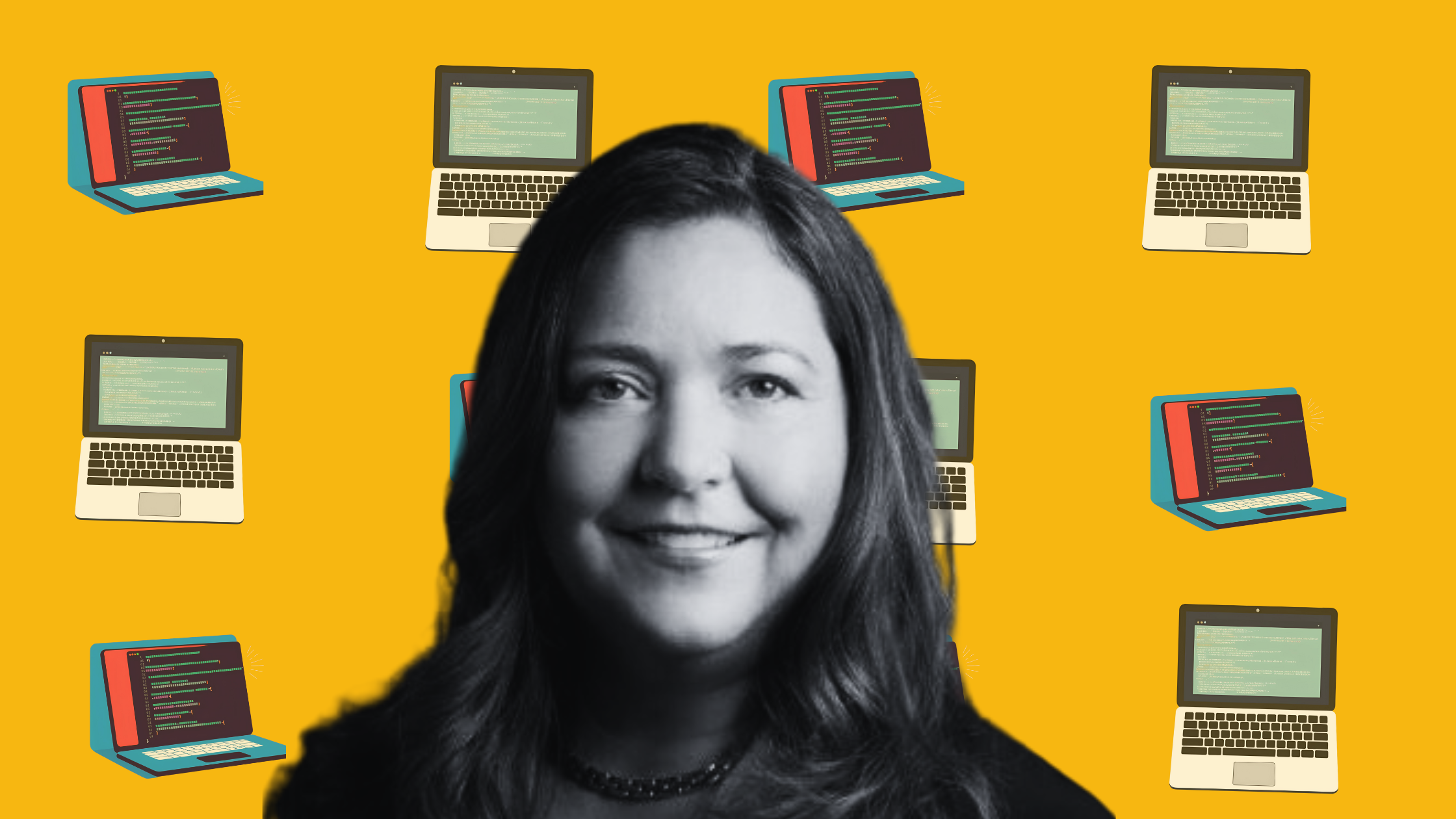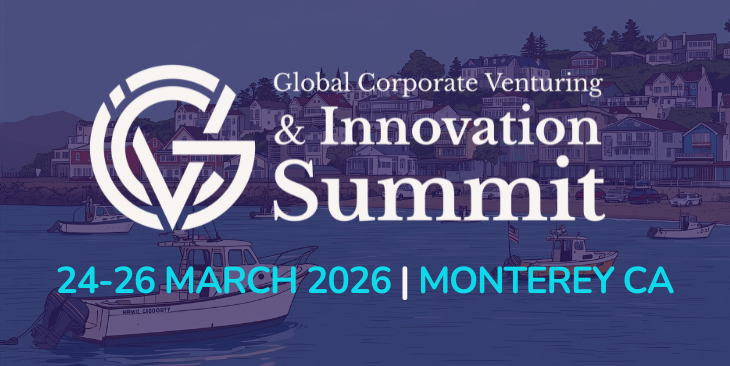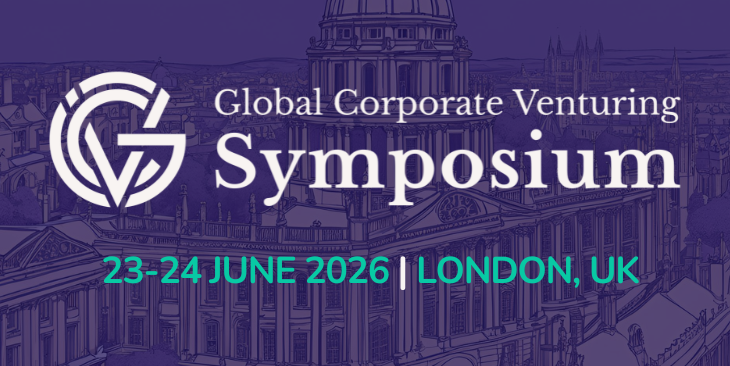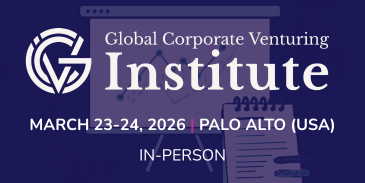Anna Patterson says her time heading Google's AI fund gave her the insights behind the Samsung and IBM-backed AI testing startup, Ceramic.ai.

Anna Patterson, who headed Google’s artificial intelligence fund, Gradient, for six years, has gone public with her first new project since leaving the unit. She’s launched Ceramic.ai, which aims to solve an AI testing problem Patterson discovered at the AI companies Gradient was investing in.
“I kept seeing the same fundamental challenge,” Patterson tells GCV. “Only a handful of tech giants had the resources to develop high-performance AI models, while most enterprises struggled with skyrocketing compute costs and infrastructure bottlenecks.
“I realised there was a massive opportunity to level the playing field. If we could solve the core inefficiencies in AI infrastructure, we could democratise access to high-performance AI for companies of all sizes.”
Patterson launched Gradient in 2017 as Google’s vice president of engineering, serving as managing partner until the end of 2023, a few months after OpenAI’s GPT-4 turbocharged the AI space. In that time, she advised hundreds of AI startups including the likes of Lambda and Writer, which have since grown into multibillion-dollar companies. But Patterson noticed that all of them struggled with the same problem with testing.
All AI tools and applications need to be tested on data, but Patterson says the software that startups use today was not designed for the exponential growth required when training the large language models they are creating.
More specifically, they don’t process data efficiently. They can’t process more than 2,000 to 4,000 words at a time, and scaling is inefficient, which means just adding GPUs doesn’t necessarily solve the problem. Adding GPUs can be unaffordable, in any case, as when a single Nvidia H100 GPU costs upwards of $25,000.
Ceramic’s platform can make training AI models two-and-a-half times faster on H100 GPUs and handle up to 96,000 words of context, Patterson says. She also claims it gets quicker when handling longer content, in contrast to conventional methods.
“Building Ceramic brings a different excitement – it’s much more immediate and hands-on. There’s something uniquely energising about solving a problem you’re deeply passionate about and seeing your solution come to life.”
The company emerged from stealth earlier this month with a $12m seed round featuring computing technology producer IBM and consumer electronics manufacturer Samsung, which participated through its Samsung Next fund. Patterson says she considers their expertise in AI infrastructure, cloud computing and enterprise adoption as valuable as cash.
“IBM has decades of experience in AI for enterprise and cloud integration and Samsung Next is at the forefront of hardware and AI acceleration,” she adds. “Their insights continue to help us refine our roadmap, strengthen industry partnerships and navigate enterprise adoption at scale.”
Patterson says Ceramic is planning to raise series A funding later this year, with the seed capital set to fund an expansion of its engineering team, as it adds enterprise customers and improves the product’s inference and training efficiency. It also wants to scale partnerships with AI infrastructure providers that include Gradient portfolio company Lambda.
Patterson is happy being a founder again, having previously been in that role at companies including search engine indexing startup Cuil. That experience means she knows how to build a product and what kinds of issues to expect. And her six years at Gradient have given her a clear view of what makes a successful AI company.
“With Gradient, I had the thrill of identifying promising AI startups and helping them grow with Google’s resources behind them,” she says. “We could see the future through the lens of hundreds of innovative companies and help shape the ecosystem.
“Building Ceramic brings a different excitement – it’s much more immediate and hands-on. As a founder, I know every decision matters intensely, from core technology development to early customer interactions. There’s something uniquely energising about solving a problem you’re deeply passionate about and seeing your solution come to life.”








